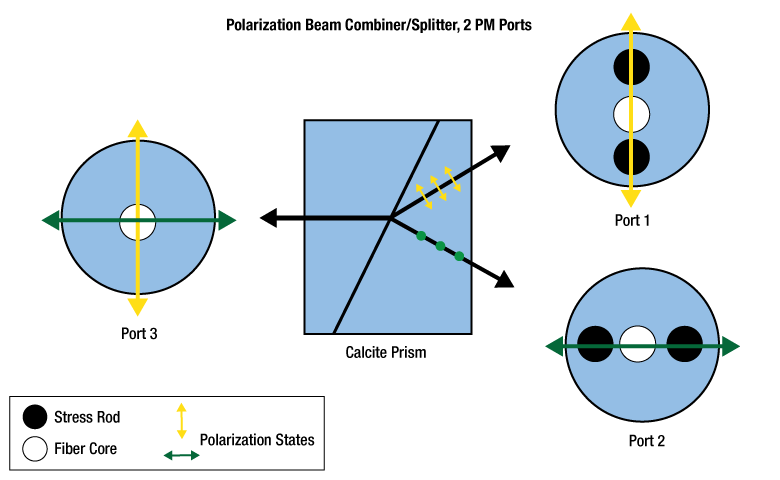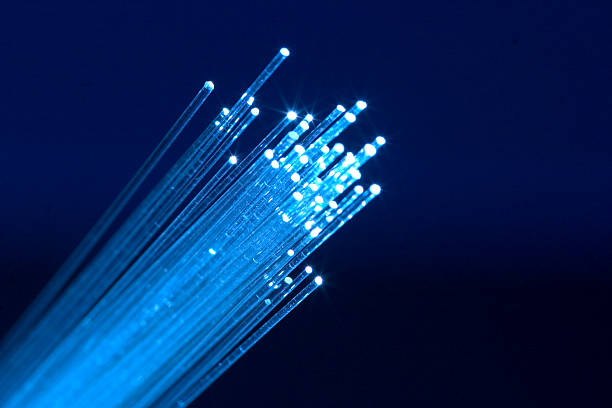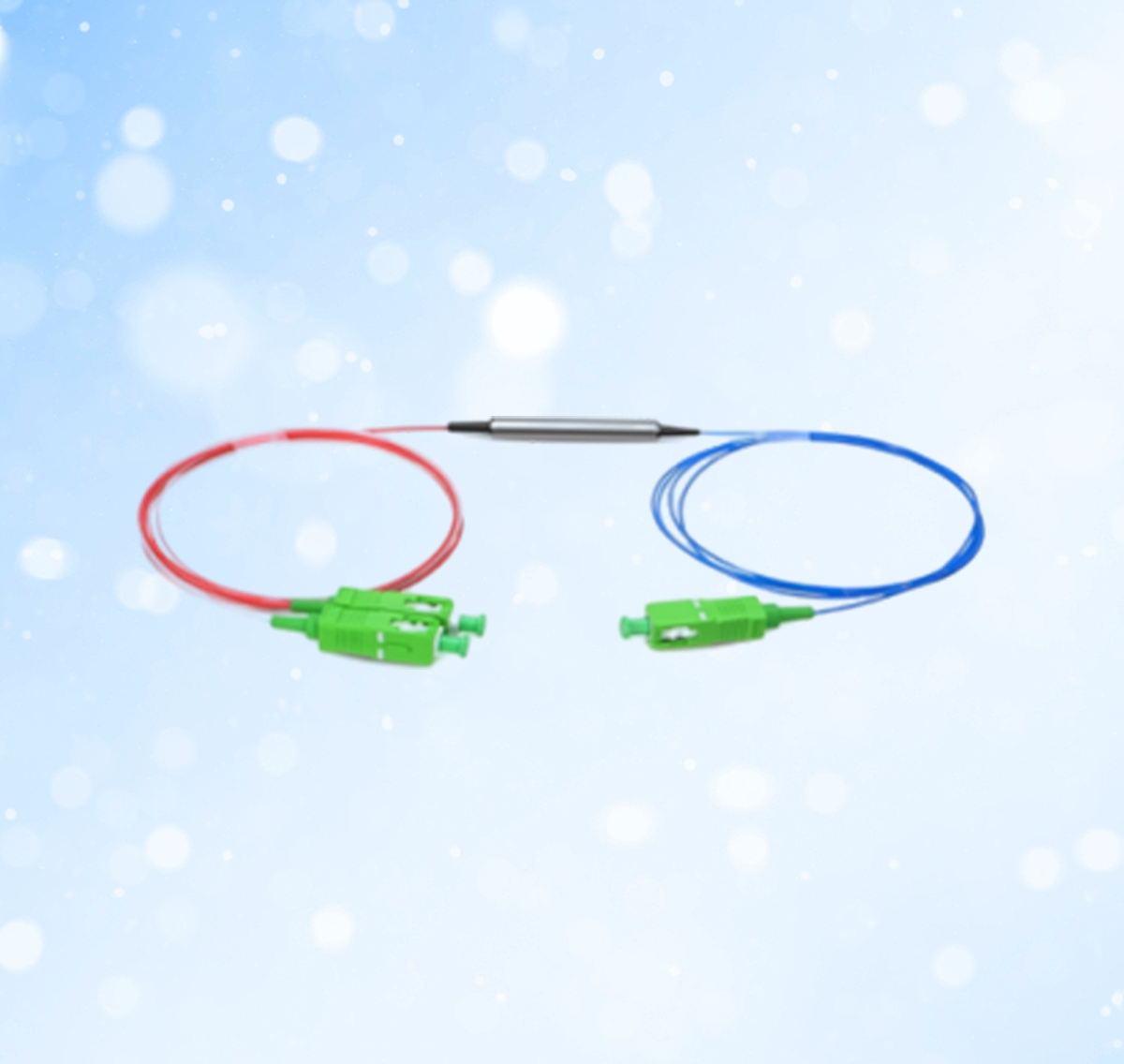The PM (Polarization Maintaining) polarization beam combiner/splitter is a crucial solution for pump lasers, EDFA, or Raman amplifier applications. It can combine two orthogonal polarization signals into a single output fiber or split the input signal into two outputs. It provides a high extinction ratio and low insertion loss. Read this article to learn about PM polarization beam combiner/splitter.
What is a PM Polarization Beam Combiner/Splitter?
PM polarization beam combiner/splitter (PBC/PBS) is a high-performance device that can be used as a polarization beam combiner to combine light beams from two PM input fibers into a single-mode (SM) output fiber or as a polarization beam splitter to split light from an input fiber into two output fibers of orthogonal polarization states.

How is a PM Polarization Beam Combiner/Splitter Constituted?
The PM polarization beam combiner/splitter features two legs of PM fiber on one side of a calcite prism and one leg of SM fiber on the other. The legs on the side with the two PM fibers are aligned with the fiber's slow axis for maximal transmission of one polarization state. If an unpolarized signal is sent into the SM fiber (port 3), the calcite prism divides the light into orthogonal linear polarizations. Each PM fiber's slow axis corresponds to one of the prism's polarized beams (ports 1 and 2). Furthermore, it combines two orthogonal polarizations from the PM fiber legs into a single output. Light incident on ports 1 and 2 should be aligned with the slow axis. Light incident at ports 1 and 2 aligned with the fast axis of the fibers refracts differently via the prism and does not escape port 3.

Why is PM Polarization Beam Combiner/Splitter So Important?
An important application of PM polarization beam combiner/splitter is polarization division multiplexing or demultiplexing in optical systems to increase their transmission capacity. In addition, as a pump combiner in optical amplifiers, the device efficiently combines the output from two pump lasers into a single fiber to increase the optical amplifier’s saturation power and reduce its polarization sensitivity. The high bandwidth and power handling capability make the device very attractive for next-generation amplifier systems. Finally, the device provides low insertion loss and back reflection and a high stability and extinction ratio that equals or surpasses others on the market.
Features and Benefits
PM polarization beam combiner/splitter provides the following features and benefits:
l Low insertion loss and cost
l High isolation and power handling
l High extinction ratio and return loss
l High reliability and stability
l Compact size and rugged design
l Epoxy–free optical path
l Operating wavelengths available 980/1310/1450/1480/1550/1060/1064nm
Applications
PM polarization beam combiner/splitter is used in a fiber laser, fiber optic sensing, coherent optical transmission, telecommunications, Raman amplifiers, beam splitters, polarization mode dispersion compensators, EDFA, polarization division Mux/Demux, testing instruments, R&D laboratories, etc.

Conclusion
To sum up, the PM polarization beam combiner/splitter features a high extinction ratio, stability and reliability, low insertion loss, and compact design, making it the ideal choice for application in Raman amplifiers, pump lasers, and fiber optic sensors.
Sun Telecom specializes in providing one-stop total fiber optic solutions for all fiber optic application industries worldwide. Contact us if you have any needs.
Questions
1. What is PM Polarization Beam Combiner/Splitter?
2. What are the Applications of PM Polarization Beam Combiner/Splitter?
3. What are the Benefits of Using a PM Polarization Beam Combiner/Splitter?
4. How Many Types of PM Polarization Beam Combiners/Splitters Are Available in the Market?
5. How to Choose a PM Polarization Beam Combiner/Splitter?


 Position :
Home>
News & Tutorial
>Products
Position :
Home>
News & Tutorial
>Products




 Position :
Home
>Products
Position :
Home
>Products





 ics@suntelecom.cn
ics@suntelecom.cn  +86 18964888554
+86 18964888554 Building No.145, Lane 666 Xianing Road, Jinshan Industrial Zone, Shanghai 201506, China
Building No.145, Lane 666 Xianing Road, Jinshan Industrial Zone, Shanghai 201506, China